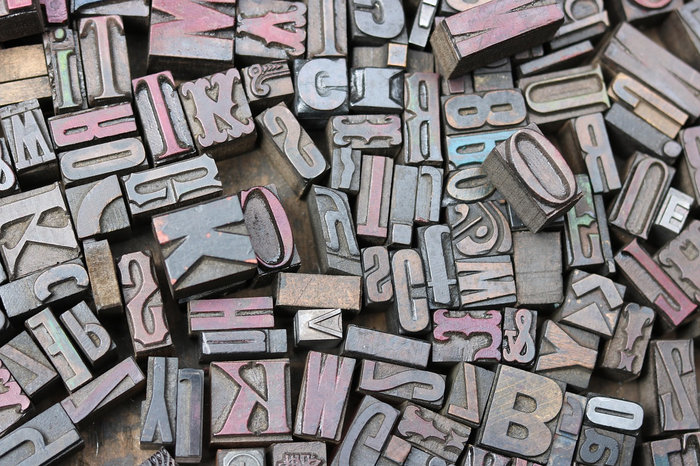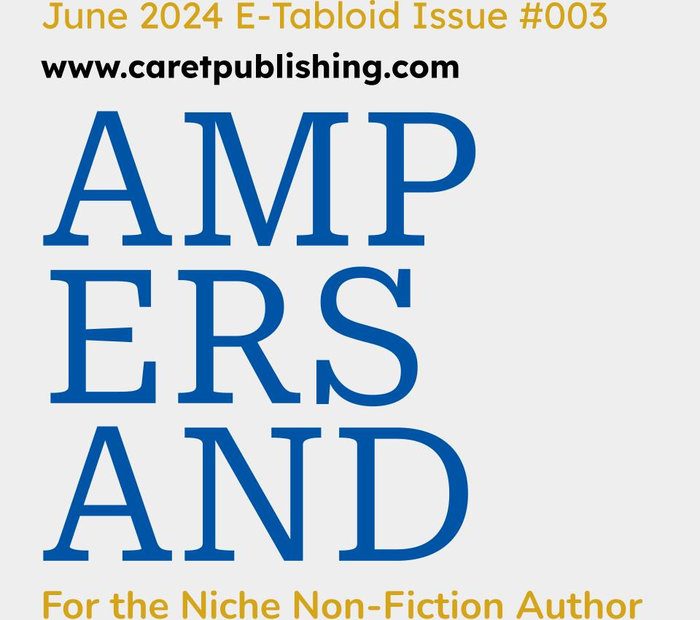If you’re looking for an independent press to publish your book because a trusted friend recommended that route, then you must also wonder how the whole process goes from manuscript to published book. Below, we outline the essential steps in the independent book publishing journey and highlight the potential benefits of choosing this route over working with a major publisher, Big 5 or otherwise.
But first, let’s define an independent book publisher and how different it is from other types of publishers.
What Is An Indie Publisher?
AMPERSAND E-TABLOID ISSUE #003
Generally speaking, independent publishers, small presses, or “indie” publishing houses operate similarly to traditional publishers but on a smaller scale. “Small” can mean several things. In the United States, independent publishers are usually defined as those making under $50 million a year in book sales. The industry also suggests that an independent press has a small team that can only work on a few books per year (thus, explaining the under $50 million per year figure). Additionally, micro presses, a subgroup of independent publishers, are usually run by an even smaller team part-time and publish fewer than 10 books annually, often with smaller print runs.
The Independent Publishing Journey
Each independent publisher is different and has varying strengths, particularly in the production, distribution, and marketing aspects. These steps cover the main stages of the independent publishing journey that an author should expect if they decide to work with one.
1. Manuscript Submission and Signing
Independent publishers often entertain direct submissions from authors, meaning they accept manuscripts without literary agents. Upon submission, the author might receive feedback of either an acceptance or a pass from the editor. In case of a positive response, the publisher will make an offer specifying rights to the book, the duration of the contract, and any advances. Some small publishers offer advances, while others do not, in exchange for higher royalty rates and robust marketing efforts.
2. Editor-Author Teamwork
Once a book deal is finalised, the collaboration between the author and editor officially begins. Independent publishers, by design, work on fewer titles at a time, allowing for a more hands-on approach. They are also more open to debut writers, often making it their core objective.
3. Setting Production Deadlines
At the beginning stages, the author and publisher agree on a production timeline, covering the manuscript submission deadline and allowing time for rounds of edits.

4. Book and Promotional Materials Design
While editing, the art department (often a small team) prepares possible book cover designs, sometimes with the author’s input. Depending on whether or not you’re working on shorter timelines, having a book cover finalised early can be crucial since it effectively allows the marketing and sales team to start promoting the book, gather early book reviews for added buzz, and decide on the pricing. This brings us to the next step down the publishing journey.
5. Pre-ordering Campaign
Pre-ordering is a vital stage and depending on the genre, the relevance of the topic, and the hype level that the marketing and author can achieve together, this period can be as long as 12 months and as short as two weeks. Pre-orders help publishers gauge distribution and adjust projections and strategy.
6. Typesetting and Proofreading
After editing rounds (developmental, line, and copy editing), the book undergoes typesetting, which involves setting the letters on the pages, considering typography, colour, size, spacing, and visual impact. Proofreading follows to ensure there are no errors or formatting issues before printing.
7. Printing and Distribution
Including digital formats (ebooks and audiobooks), the printing stage is often anxiety-inducing for authors. Finally holding the physical copy is a significant emotional milestone. But the journey doesn’t end there. During distribution, booksellers and libraries are finally able to get a hold of their copies, and depending on your book deal, perhaps other conversations regarding offshoot projects (like a sequel) may begin.
8. Book Release Marketing and Publicity
But wait, before you even focus your attention on the next one, as the author you’re more needed than ever by your just-released book! Don’t leave it hanging. Marketing efforts include publicity online and offline, book signings, and interviews. The creativity and collaboration with an independent publisher can be highly rewarding for authors.

Pros and Cons of Working With An Independent Publisher
Should you decide to work with independent small presses, there are several common advantages and disadvantages when you compare them to working with major publishers.
Pros
- More hands-on with authors than major publishers
- Open to working directly with unagented authors
- Authors have more creative control
- Larger royalty rates and rights retained by authors
- Faster production timeline than major publishers
Cons
- Less prestigious and established
- Smaller advances (or none in exchange for higher royalties)
- Smaller print runs
- Limited distribution compared to major publishers
Conclusion
Once you’ve studied the independent publishing journey, you will find that it might not be for everyone. Depending on an author’s profile, genre, theme, and preferences, sometimes, larger publishing companies might be a better fit. However, choosing an independent publisher is not an automatic downgrade. It offers unique advantages and opportunities for many authors.
Caret Publishing is a small press and imprint of niche non-fiction books. Feel free to send us a manuscript or proposal if you have an idea for a book. Go to Submit Your Work for more details.
